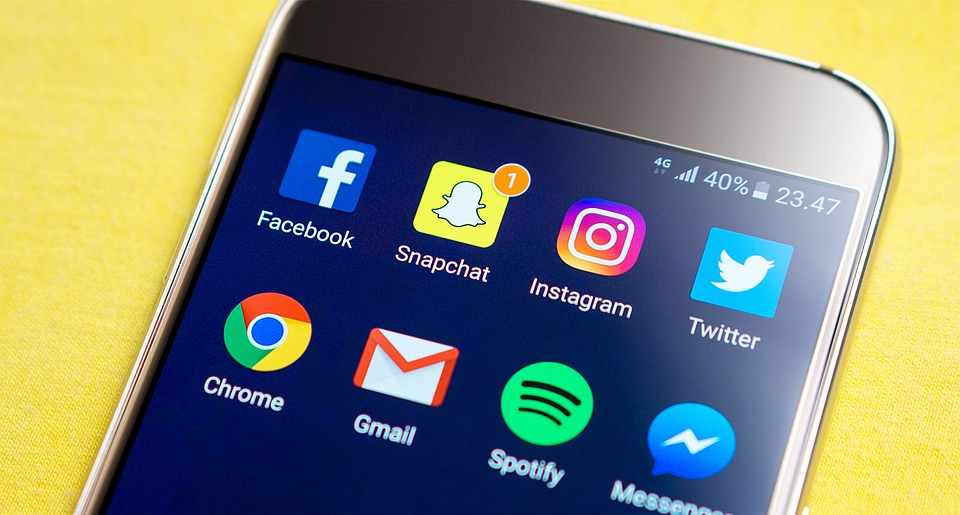Some see smartphones as the most important technological advancement of the past decade, allowing billions of people unfettered access to the internet while on the move.
However, if you stop the average mobile user in the street and see what they are actually using their device for, a social media app will almost certainly dominate the display.
Today platforms like Facebook, Instagram and Twitter are ubiquitous. From accounts for established products like @PopTartsUS to emerging online casinos like @casumo, engaging with customers has become easier and more immediate. However this hasn’t always been the case
To get you up to speed, here is a short overview of the evolution of social media, which begins a lot further back in history than you might expect.
Early Stirrings
Experts argue that the first form of social media emerged in a time before the internet even existed, with communities built via progenitor platforms like ARPANET in the 1970s and 80s. Academic researchers and individual enthusiasts used networks to come together, share ideas and ultimately form their own cultural touchstones, independent of the outside world.
As personal computers became affordable for average consumers and the World Wide Web was invented in the early 1990s, the groundwork for social networking as we know it today was laid.
There are a lot of arguments about which platform was technically the first mainstream social media site in the modern sense, although the most well-known and enduring of the initial flurry of sites to appear was GeoCities. After operating under its own steam between 1994 and 1999, it eventually got snapped up by Yahoo! and continued to dominate the social scene into the early 2000s.
GeoCities made it easy for people to build and host their own sites without being tech wizards, with concepts like guest books and message boards allowing communities to coalesce.
Post-Millennium Developments
Once the year 2000 had come and gone, the craze for social media really gained traction and a bevy of competing services sprung up, hoping to capitalise on the ever-increasing number of young people with internet access at home and at school.
Friendster was launched in 2002, squeezing in ahead of MySpace, which arrived a year later. The latter would become far more popular in the long run, but would eventually succumb to the same fate as many early-noughties platforms and fade into the background as fresh alternatives brushed it to one side.
2003 also saw the launch of LinkedIn, a business-focused social media site that is still going strong to this day, in spite of data breach scandals and questions being asked about its relevance.
Broadband connectivity began to replace dial-up at this point, which gave social media sites the opportunity to offer a much richer experience than traditional message boards and Usenet groups. Animated GIFs, image files, MP3 tracks and even embedded video began to further catalyse web culture, while cause much confusion amongst parents.
The Facebook Age
It may have more than two billion users today and attract more older people than youngsters, but back in 2004 when Mark Zuckerberg created Facebook in his college dorm room with a couple of friends, it was a social network with an incredibly narrow scope.
After earning a following amongst university students, who initially had exclusive access to the site, it eventually opened its doors to all comers, bringing with it concepts like the News Feed, ‘poking’ and photo sharing.
Once again the increase in connection speeds allowed social media sites to branch out into new areas in the Facebook Age.
Twitter’s debut in 2006 would pave the way for political upheaval, real-time celebrity feuds and a new approach to branding and marketing for businesses.
YouTube’s launch in 2005 would eventually allow vloggers to become multi-millionaire celebrities, garnering vast audiences without the need to get past the gatekeepers of the traditional media.
Further evolution was made possible following the launch of the iPhone in 2007, and the App Store a year later. It would make mobile use of social media services simple, bringing with it new services like Instagram and Snapchat that now have hundreds of millions of users glued to their handsets.
Going forwards, the future of social media looks set to remain in the mobile realm. And after years of volatility, the current leading platforms seem very difficult to dethrone, even if history teaches us to be cautious of claiming that any internet company is too big to fail.
